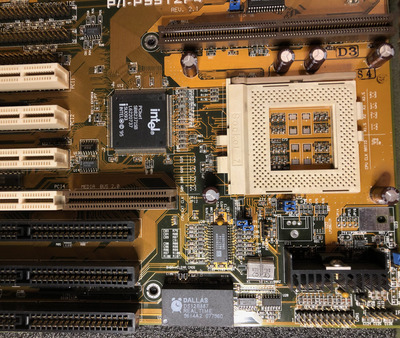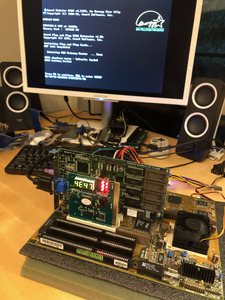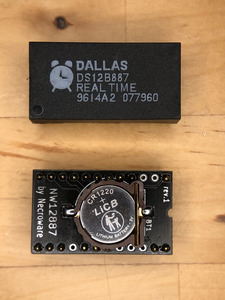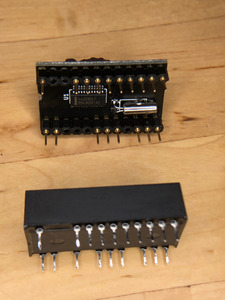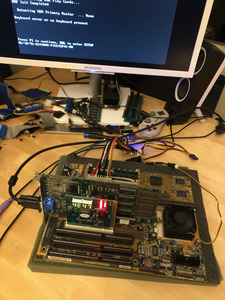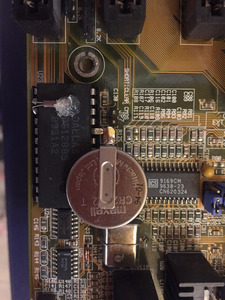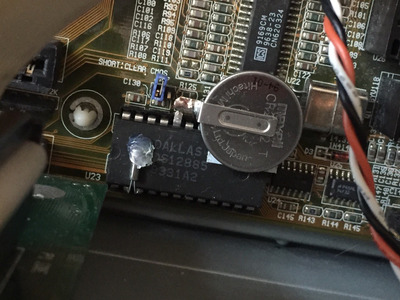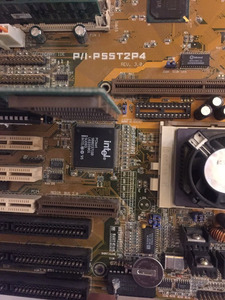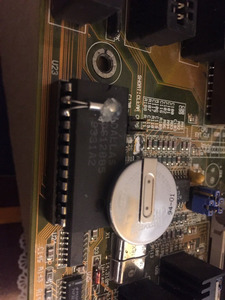First post, by nizce
Hi!
My P/I-P55T2P4 has a dead RTC.
It’s a ODIN OEC12B887A.
After hours of de-soldering I finally managed to remove it.
I had ordered a necroware nwX287 on eBay, but just saw I ordered the one with bq4285S so it’s the wrong one 😒
I’ve now ordered one with bq3287 instead which according to what I’ve read should be the correct one.
BUT
The the PINs on my original ODIN doesn’t seem to be the same as the necroware bq3287 model according to necroware GitHub: https://github.com/necroware/nwX287
Perhaps that is not an issue and I should solder all of the pins that the nwX287 has.
Is that correct?
I’ve added some pictures of the ODIN, PIN number one is the top right one on the last picture. So 2,3,16,20,22 is “removed”. This doesn’t match up with the necroware which states the following pins should not be used: 2,3,16,20,21,22.
Should i simply go with what the necroware GitHub states and don’t use PIN 21?


